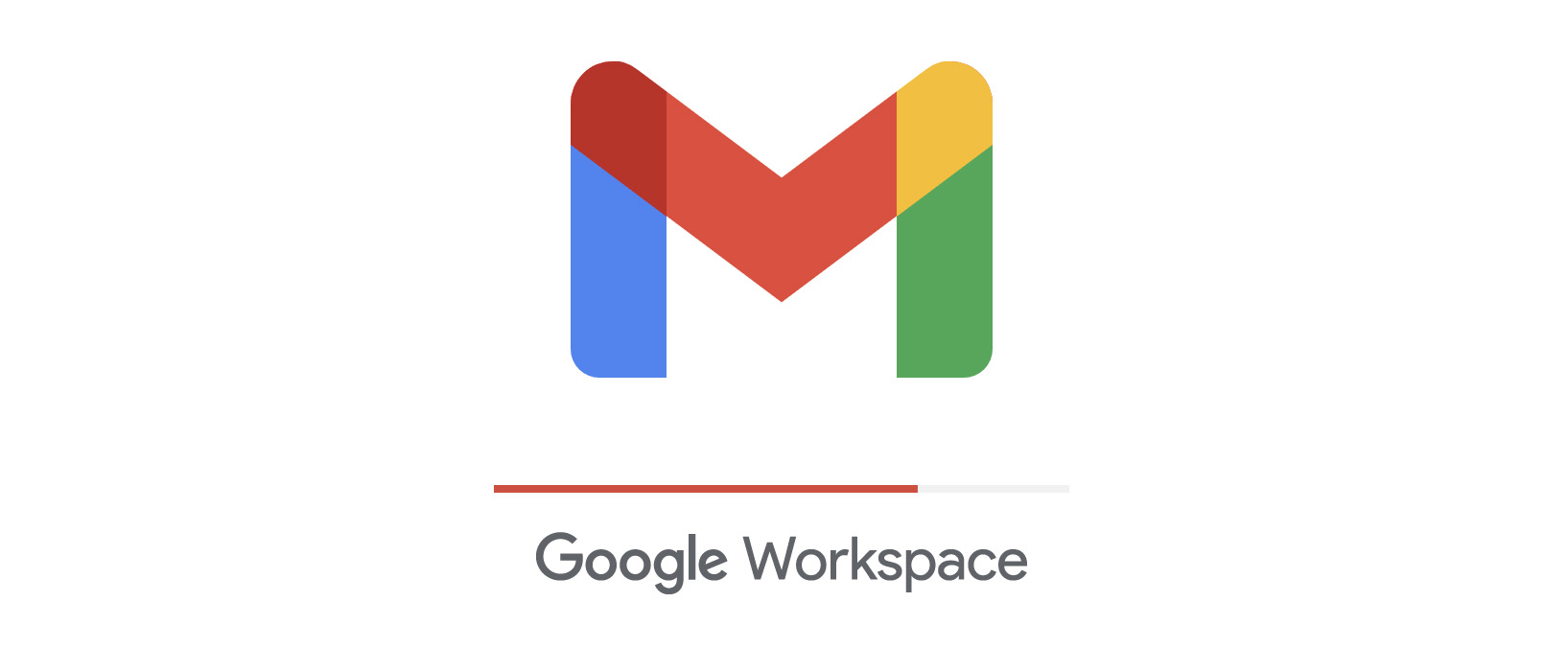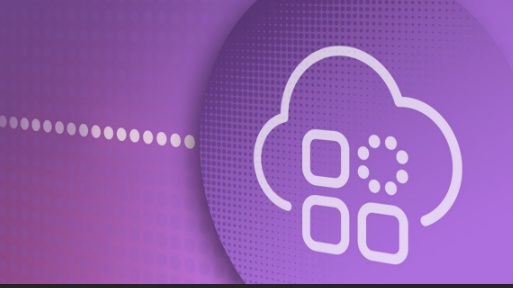Google Workspace Review: A simple aesthetic with productivity in mind
From free to enterprise, Google’s ever-popular productivity suite has a range of tiers and functions for all sizes of business

-
+
Easy to use
-
+
Gentle user interface
-
+
Robust suite of apps
-
-
Minimal storage
-
-
No desktop apps
-
-
Limited package options
- -

Editor's note: Google Workspace review
Original review date: 14 April 2023
Generative AI is now ubiquitous and no more so than within productivity suites. Following the likes of Microsoft 365 and Slack, at Google Cloud Next the tach giant introduced a host of new AI capabilities for Workspace. ITPro will test and review these new features later in the year when they become available.
Workspace previously used the 'Duet AI' label for its generative AI functions, but that has been binned off for the 'Gemini' banner where every feature will be tagged 'something for me'. This will be used across the most popular Workspace apps with features currently in preview and coming soon for Gmail, Meet, Docs, and Chat in 2024.
The previews include a 'take notes for me' feature in Meet which allows users to fully focus on their meetings without having to type or write anything. A similar feature is also coming for translations in June that will automatically translate captions in Meet. 'Translate for me' will have support for up to 69 languages, according to Google.
Original article: When Google launched its G-Suite productivity suite in 2016, it instantly positioned itself as a key challenger to the dominance of Microsoft. Fast forward to October 2020 with its notable rebrand to Google Workspace, and it became evidently clear that Google intended to cater to a remote and hybrid workforce.
Google Workspace is a valuable productivity suite for businesses of all sizes, ranging from large, multinational enterprises to small businesses. This collection of cloud-based tools can, at first glance, appear quite daunting.
But once up and running the benefits of platforms such as Gmail, Google Docs, synchronized calendars and more proves hugely beneficial to communication, collaboration, and overall workforce productivity.
Google Workspace offers three distinct Business plans: Starter, Standard, and Plus. Two Enterprise-grade plans – Standard and Plus – are also available. In this instance though, we'll be looking at the Business plan options and their respective pros and cons.
Google Workspace review: Deployment
Google provides a comprehensive and easy-to-use deployment guide for its Workspace Business packages in addition to administrator training and certification courses. To start this 10-stage process, administrators will want to open the Admin console and run a pilot, which is optional but recommended. This will enable you to try Google Workspace with a selected number of users to evaluate Gmail, test data migration, and assess mobile access. It's worth noting that this does not affect your current mail service.
If you chose to run a pilot (or skip), the process of adding users accounts is fairly straightforward. Admins can add users individually, or upload via spreadsheet. Google provides a raft of admin tools to synchronize user accounts with Microsoft Active Directory or another LDAP server.
Activating Gmail for your domain is the next advised step in the deployment process, and again, this is an easily traversed process for admins, making migration or initial deployment convenient and smooth. You will be required to change your domain MX records to direct mail to Google servers, however. Google also recommends admins add an SPF record to your domain settings during this stage of the process.
Migration tools are provided by Google to import existing emails, calendar events, and contacts to Google Workspace. Data can also be migrated directly from Microsoft Exchange, HCL Notes, or any other IMAP server. Alternatively, Google allows individual team members to import their data by themselves.
To Google's credit, Workspace deployment is a rather smooth process for admins, but the support doesn't end there. Once deployed, it offers a raft of training guides and resources featuring real-world customer examples to get users started with its suite of applications.
Google Workspace review: Pricing
The new AI capabilities will be an extra consideration for businesses, largely because they will come at an extra cost. For businesses starting or migrating to Google Workspace, there are four different packages to select – Business Starter, Business Standard, Business Plus, and finally Enterprise – with different monthly costs for each.
Workspace is free for 14 days, then after that, you will need to pay $6 per user, per month for the entry-level Business Starter package, $12 per month for Business Standard, and $18 a month for Business Plus. Enterprise customers will have to talk to sales to haggle their exact pricing. For the Gemini extras, Google has said these will come at an extra cost of $10 per user, per month. At face value, it looks like a considerable fee for smaller businesses to accept annually.
For an SMB with a workforce of 200 people on the Business Standard edition, this would cost approximately $2,400 per month, or $28,800 annually.
It is worth noting that all three editions require a one-year minimum commitment. With this in mind, we recommend a thorough assessment of whether Google Workspace is the 'right fit' and catered to your individual needs.
Google Workspace Business review: User interface
Google Workspace boasts a slick user interface that is easy to navigate. While G-suite had its limitations and at times felt cluttered and obtrusive, Workspace has certainly improved.
Users can easily traverse through the Gmail, Chat, Spaces, and Meet applications via the toolbar situated on the left-hand side of the screen. This makes the process of switching between your email correspondence and workplace chats far easier and keeps your staple applications conveniently at hand to ensure staff are keeping up to date and communicating effectively.

Google recently issued an update to "simplify" the Workspace user experience across a raft of applications, including Docs, Sheets, Slides, and Drive. These changes, which Google said aimed to "streamline the daily flow of work" have most certainly added a fresh new appearance. Google Docs, for example, now features a more simple and easy-to-navigate toolbar at the top of every document with updated command groupings that stand out more from a visual perspective.
Google Workspace Business review: Applications
Google Workspace provides a range of applications as standard. Most of these you will be familiar with, such as Gmail, Docs, Sheets, Drive, and Slides, as well as a dedicated Calendar, Chat, and Meet application.
These core apps are the heart of Google Workspace and are available in both a browser-based and mobile version. Notably, these aren't available as desktop apps, which is slightly inhibiting. However, users can use applications such as Google Docs and Sheets in an offline mode which offers users the chance to still use them if they're on the move or unable to access the web.
Workspace also has a range of fantastic third-party app integrations for businesses. These can be downloaded via the Workspace marketplace. Accounting software Xero, for example, integrates seamlessly with Workspace apps including Gmail, Docs, Sheets, and Drive.
Other third-party applications that can be integrated with Workspace include: Asana, Okta, DocuSign, Trello, and Copper CRM.
Google Workspace Business review: Starter vs Standard vs Plus
The tiered system under which Google Workspace Business packages now operate can be a tricky process to navigate. But it's worth bearing in mind that these options will be based entirely on individual business needs. While all three offer services for up to 300 users, there are limitations with the two 'lower' tiers – particularly with regard to storage capacity for each individual user.
The Starter edition provides a rather basic office suite with up to 30GB storage for each user in addition to custom email address options and Business editions of Gmail, Google Docs, Drive storage, Calendar, Meet video conferences, and a suite of other useful apps. Under this plan, video meetings with up to 100 people are also available. Administrative controls are also included, such as controls over user access, service policies, and mobile devices.
Given the price range for this package, this makes for a rather valuable suite of tools for an SMB. But compared to the other tiered options available, it could be argued that this is lacking in certain key areas.
The Business Standard edition of Google Workspace offers everything available in the aforementioned package, albeit with additional storage options and 'enhanced meeting features'. With 2TB of cloud storage for each user, this certainly provides far greater storage bandwidth for SMBs. Video meetings are also expanded to 150 people and, under this package, the option to record meetings and directly save them to Google Drive is included.
RELATED WHITEPAPER

On the topic of Google Drive, this package also includes shared team drives, making it a far more viable option for teams aiming to create a more unified and collaborative workforce.
As the name suggests, the Business Plus edition provides the most comprehensive suite of tools available to users, with the addition of advanced controls and archiving capabilities for admins.
With 5TB of cloud storage for each user, this offers far greater storage bandwidth for organizations on this plan. Similarly, video meetings under the Business Plus edition can be expanded to up to 500 people, making it a viable option for both SMBs with large workforces and enterprises.
Premium analytics features, security controls, automated mobile device controls, and tracking features make the Business Plus edition a popular choice for larger SMBs seeking a deeper insight into workforce behavior and productivity.
Google Workspace review: Workspace vs Microsoft 365
The 'great other' to Google Workspace is Microsoft 365. While there are advantages to both, and the decision to opt for either can be wholly dependent on your individual business needs, we found that Google Workspace had a number of key advantages.
In particular, pricing could be an issue when comparing the two office suites. While this is a marginal difference, for SMBs specifically the overall costs can begin to add up. To add to this, Microsoft offers a far broader range of plans, meaning the process of choosing what's right for your business can become rather complicated.
Microsoft 365's Business plans are ideal for SMBs and comparable to the business packages offered by Google. These also come in a similar multi-tiered system, starting with Business Basic for £5 per user per month.
Meanwhile, Business Standard and Business Premium stand at a rate of $12.50 and $20 per user, per month respectively. The Microsoft 365 for Apps package available for businesses is also priced $8.25 per user per month. This includes desktop versions of the staple Office apps.

Although Workspace offers clear advantages with regard to price, Microsoft 365 does have its own distinct benefits - particularly with regard to storage capacity. Users of Microsoft 365 are offered 1TB of cloud storage capacity for individual users across all of its plans, giving it a notable edge in comparison.
Similarly, Outlook email storage stands at 50GB as standard, compared to the 30GB Google offers through its basic package. Additionally, email storage is separate from overall capacity with 365, meaning that email correspondence won't clog up space in OneDrive.
Core applications such as Word, Excel, and PowerPoint are also available in browser, mobile, and desktop versions. If you're keen on using desktop applications and avoid operating entirely on browser, then this might be a key differentiator for your business.
Google Workspace Business review: Making your decision
Ultimately, the factors which lead you to choose Google Workspace over Microsoft 365 will be dependent on a number of reasons - be it pricing, functionality, or ease of use.
Google Workspace is simplistic in both its design and functionality, making it easy to use for SMBs in the long-term. It is this simplistic design that gives it great charm in comparison to Microsoft, however, which has often been noted for its overwhelming UI and cluttered appearance.
Get the ITPro daily newsletter
Sign up today and you will receive a free copy of our Future Focus 2025 report - the leading guidance on AI, cybersecurity and other IT challenges as per 700+ senior executives

Ross Kelly is ITPro's News & Analysis Editor, responsible for leading the brand's news output and in-depth reporting on the latest stories from across the business technology landscape. Ross was previously a Staff Writer, during which time he developed a keen interest in cyber security, business leadership, and emerging technologies.
He graduated from Edinburgh Napier University in 2016 with a BA (Hons) in Journalism, and joined ITPro in 2022 after four years working in technology conference research.
For news pitches, you can contact Ross at ross.kelly@futurenet.com, or on Twitter and LinkedIn.
-
 ‘Phishing kits are a force multiplier': Cheap cyber crime kits can be bought on the dark web for less than $25 – and experts warn it’s lowering the barrier of entry for amateur hackers
‘Phishing kits are a force multiplier': Cheap cyber crime kits can be bought on the dark web for less than $25 – and experts warn it’s lowering the barrier of entry for amateur hackersNews Research from NordVPN shows phishing kits are now widely available on the dark web and via messaging apps like Telegram, and are often selling for less than $25.
By Emma Woollacott Published
-
 Redis unveils new tools for developers working on AI applications
Redis unveils new tools for developers working on AI applicationsNews Redis has announced new tools aimed at making it easier for AI developers to build applications and optimize large language model (LLM) outputs.
By Ross Kelly Published
-
 Google layoffs continue with "hundreds" cut from Chrome, Android, and Pixel teams
Google layoffs continue with "hundreds" cut from Chrome, Android, and Pixel teamsNews The tech giant's efficiency drive enters a third year with devices teams the latest target
By Bobby Hellard Published